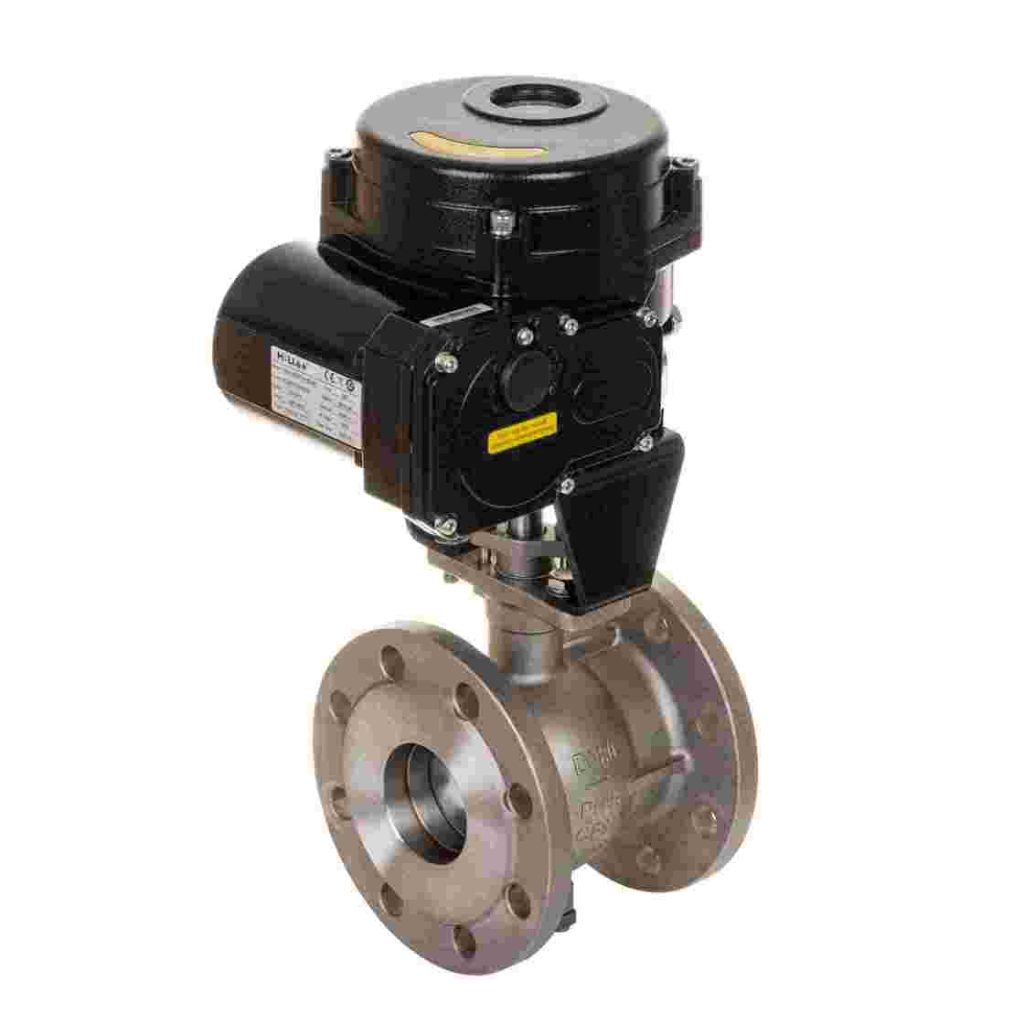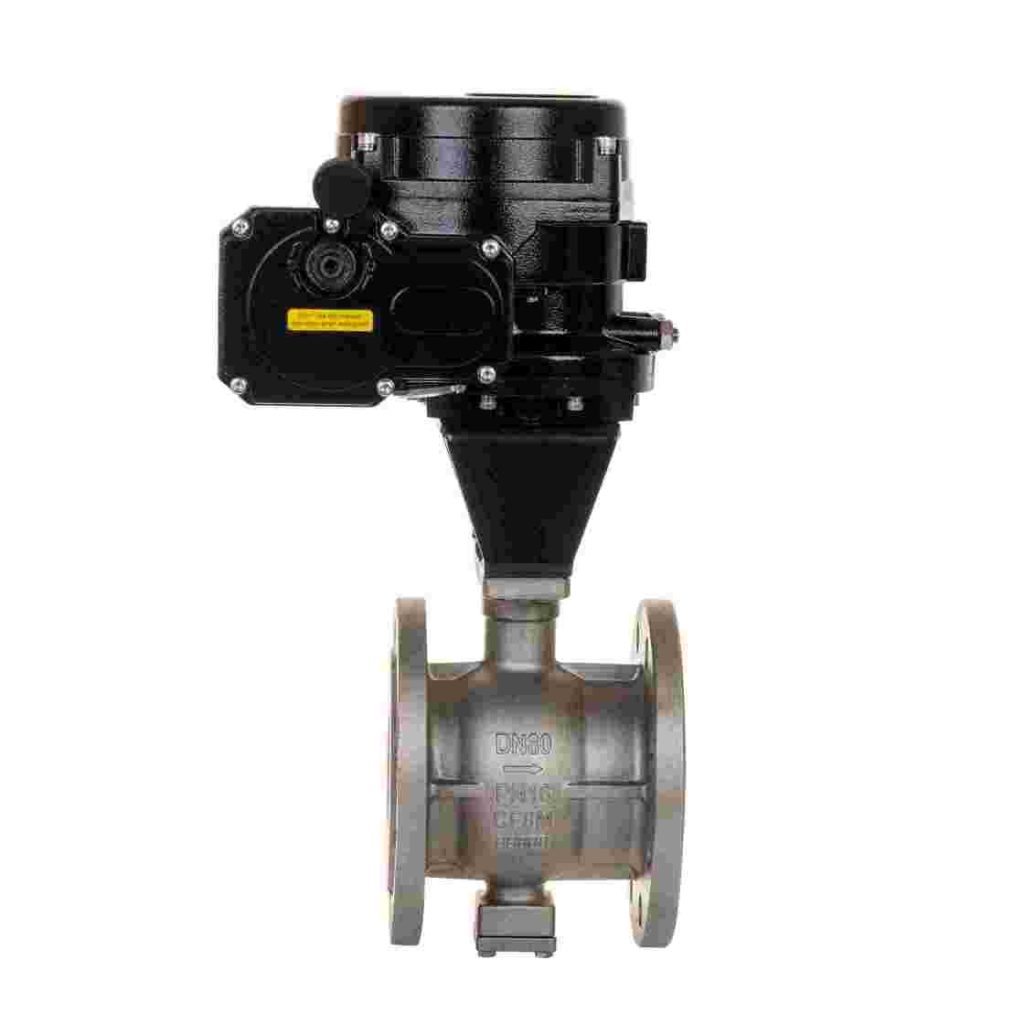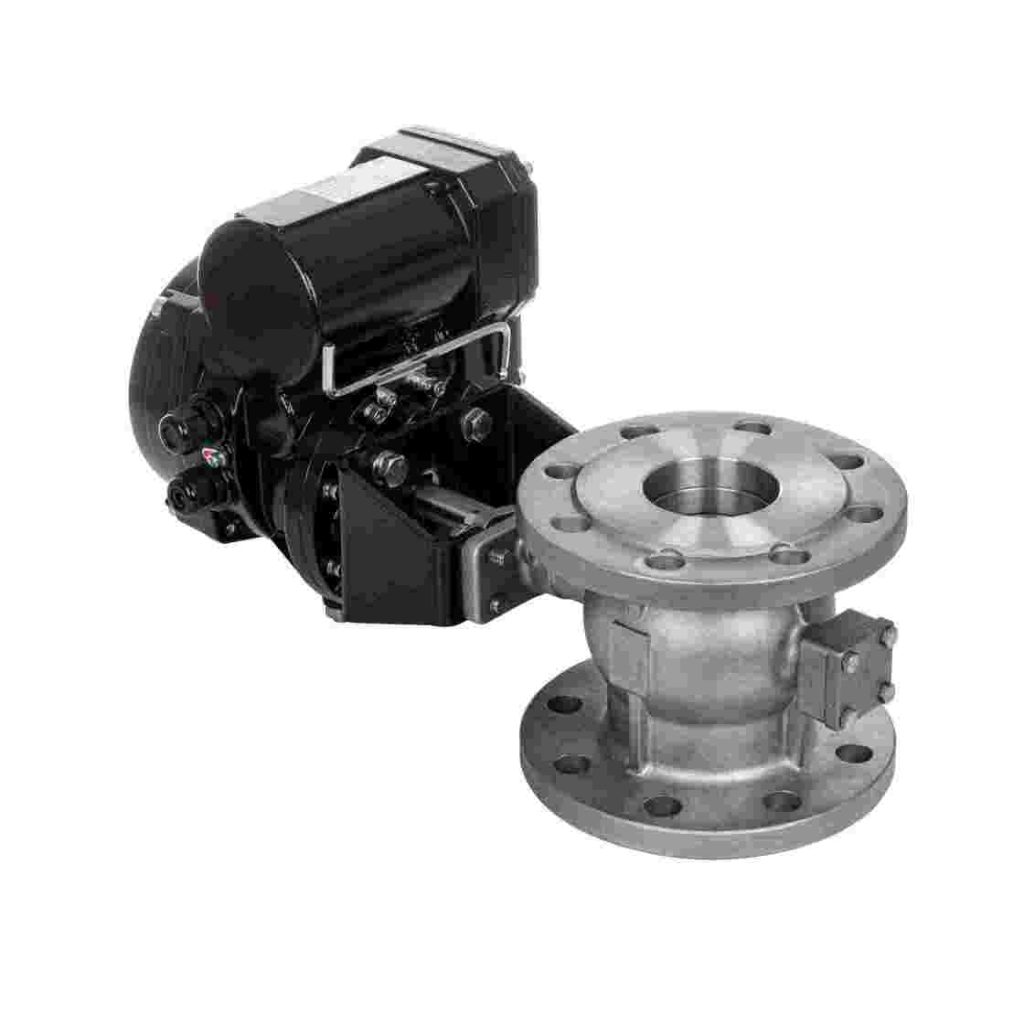In the world of industrial fluid control, precision and reliability are key. Among the many types of valves used to regulate the flow of liquids and gases, the electric stainless steel ball valve has become increasingly popular due to its efficiency, durability, and ease of automation. These valves are widely used in a variety of industries, including chemical, petrochemical, food processing, and water treatment. In this article, we will explore the design, functionality, advantages, and applications of electric stainless steel ball valves, highlighting their significant role in modern fluid control systems.

What is an Electric Stainless Steel Ball Valve?

An electric stainless steel ball valve is a type of quarter-turn valve that is operated using an electric actuator. The valve itself consists of a stainless steel body with a spherical ball inside. This ball has a hole through its center, which aligns with the flow path when the valve is open. The electric actuator is connected to the valve and can rotate the ball to either allow or stop the flow of fluid. The “electric” aspect of this valve refers to the use of electric motors to control the opening and closing of the valve. This makes it an ideal solution for automated systems where precise and remote control is required. The stainless steel construction ensures that the valve is resistant to corrosion, making it suitable for use in harsh and demanding environments.
